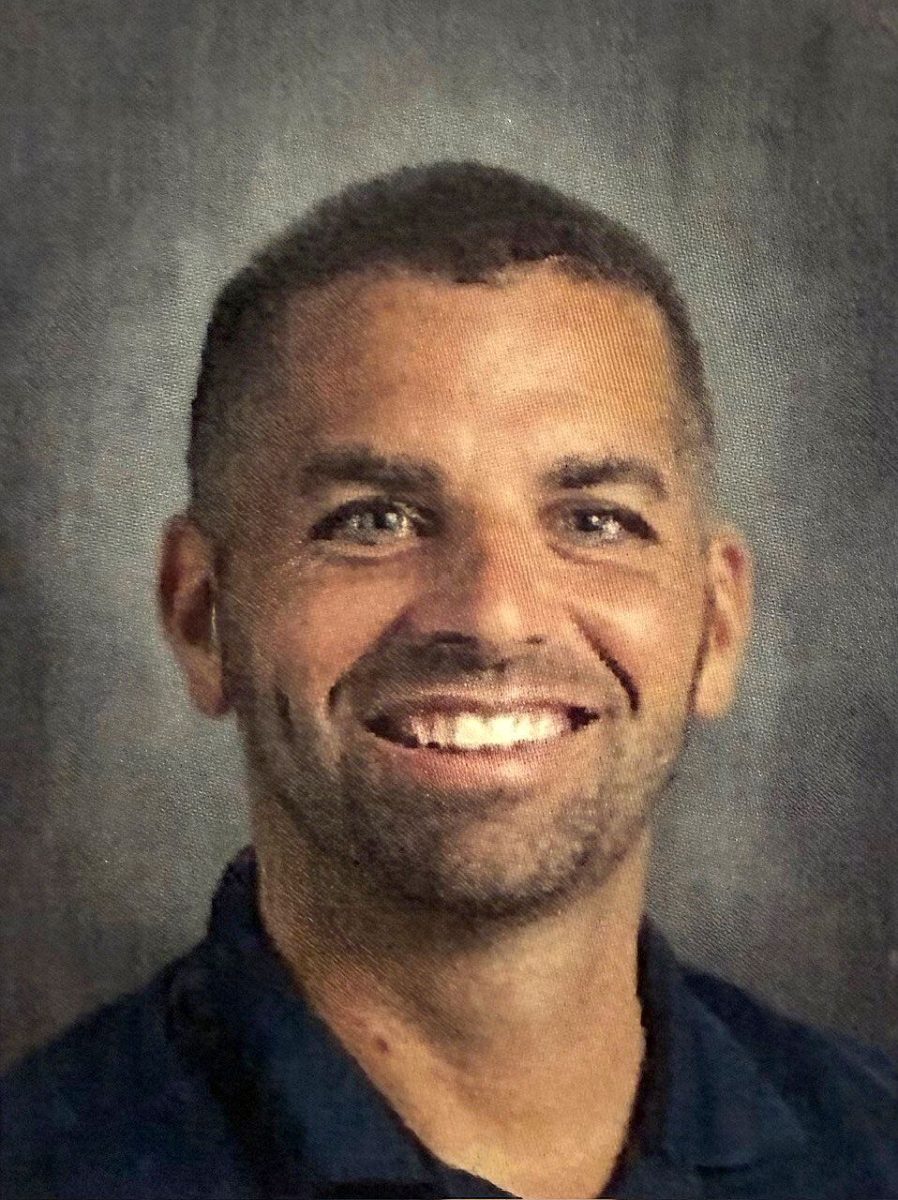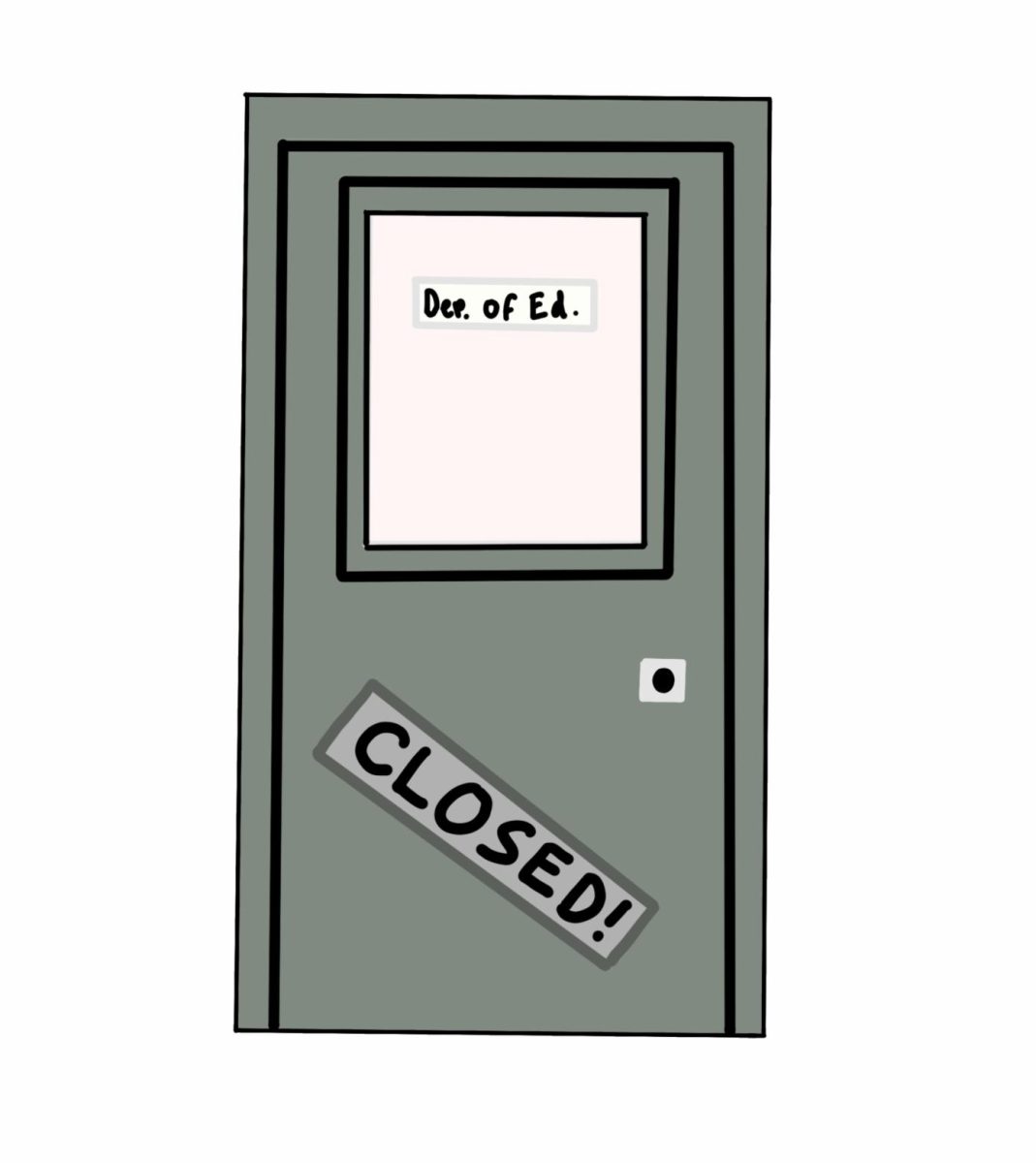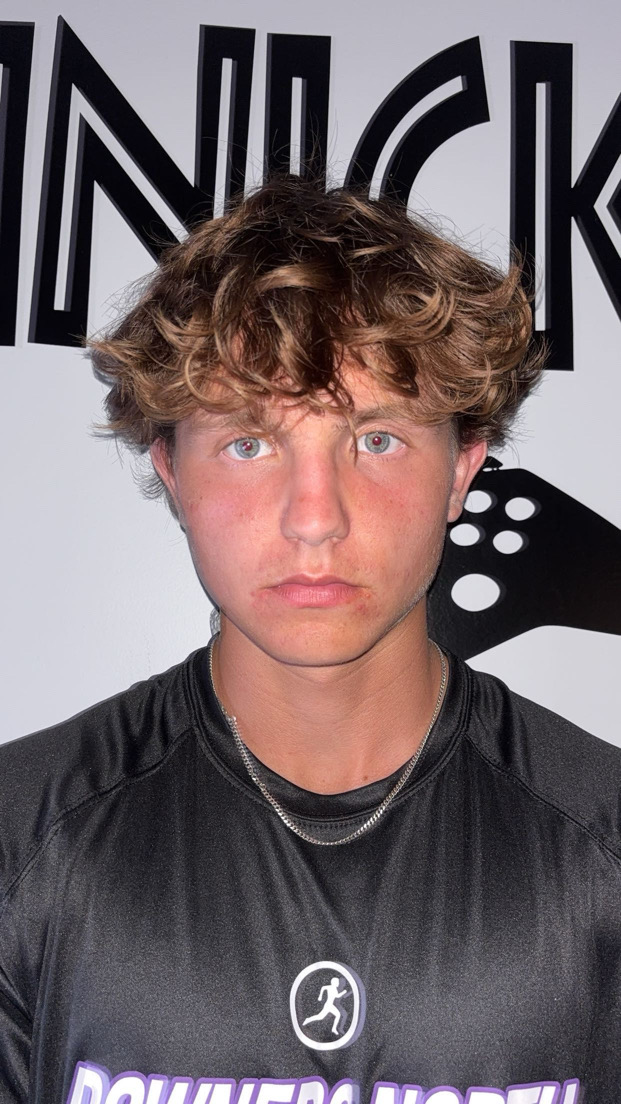District determines funds for new clubs
December 13, 2017
A group of individuals on the district level have been assigned to figure out a process in which to reward new clubs and provide them with stipend money. Past programs in place at DGN and DGS have not set a specific parameters in which clubs will be evaluated for worthiness. The group will attempt to find a solution for some of the questions that clubs have regarding funding.
Stipends are the amount of money the advisor of a club gets paid extra for dedicating their time and effort to an activity run by the school. DGN and DGS have a set number of stipends for clubs, all of which are already spoken for. Whenever a new club is accepted by the school, the advisor won’t be getting paid for their work unless an older club disbands.
The Director of Student Activities, Mark Mirandola, is helping to lead the task force that combines individuals from DGN and DGS to resolve these budget questions. The group will focus specifically on creating a process for admitting new clubs, figuring out the worthiness of existing clubs, and dividing the set number of stipend money to pay sponsors.
“I’m working with the DGA teachers union, our assistant superintendent in charge of human resources, and the activities director at DGS,” Mirandola said. “I’ve been told that the district is willing to increase the number of stipends over the next few years once we come up with a way to evaluate some of the different clubs.”
The school receives funding from a number of avenues like property taxes and grants from federal and state governments. During the recession in 2007, the district cut the budget and froze on the number of stipends available.
Pete Theis, the District 99 Assistant Superintendent for Human Resources, and his job is to manage the funding for the schools in the district. He oversees the intertwined budgets between the building levels and the district office, and reviews how stipend money is being used.
“When the district cut the budget by $1,000,000, we did so after hearing from many of our stakeholders, and in a way so as to impact the classrooms the least. The district has gained revenues and increased expenses at roughly the same pace since the budget cuts, so there has not been a significant increase in revenues since 2007,” Theis said.
The district intends to increase the number of stipends by the creation of a new process for evaluating clubs. The process of adding a club will revolve around student interest and effectiveness of the club in achieving their goals when in probationary period.
“There’s nothing that’s defined right now, but unofficially, kind of the things that have been discussed in the past is we want to make sure that there’s interest among students, that they get regular attendees, that they’re making regular contributions, and the needs of students are met,” Mirandola said.
Theis also remains optimistic that an increase in stipend funding could be on its way with the development of a process of evaluation. By having expectations put in place for clubs, it would streamline the process of getting them approved and the district would be able to allocate money easier if they club follows the specific guidelines the new group could instate.
“I imagine if the day comes where the evaluations indicate that all groups have significant enrollment, are involved in a lot of meetings/activities, provide significant service to the school, and there is a need for an increase in stipends, then that request would be considered and potentially approved,” Theis said.
The district hopes to develop a process of evaluating clubs by the end of this school year. If a system is created, Mirandola hopes that it will start examining clubs in the following school year. From there, Theis and his team will see if more stipend money must be allocated.
Mirandola, who is in charge of divvying up stipend money, will then begin the process of doling out any additional funds, if at all.
























